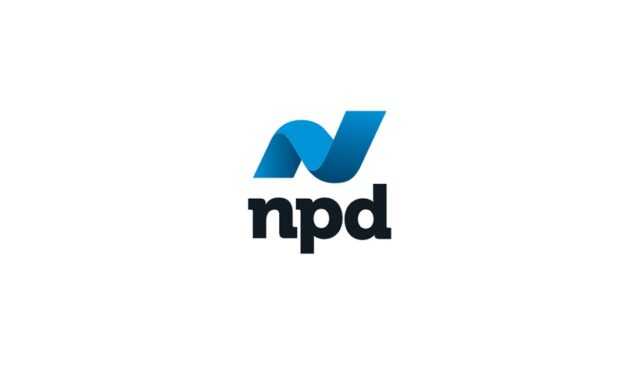CHICAGO, USA – The portable beverageware category is the beneficiary of consumers’ increasing interests in staying sufficiently hydrated, helping the environment with a reusable, often recyclable beverage container, and returning to worksites and school. U.S. consumers spent $3.3B on portable beverageware in the twelve months ending May 2022, a 20% increase from a year ago, reports The NPD Group. The spending resulted in purchasing 315M portable beverageware products in the reported period.
Hydration
Consumer interest in staying hydrated is contributing to the growth of portable beverageware. The health benefits and importance of staying hydrated is a message received. The mission to stay hydrated while on the go is where portable beverageware comes into use. Water bottles represent the largest share, 46% of portable beverageware units purchased, with highball/tumblers, which are travel double- or single-wall tumblers with or without a straw, representing 35% of units. Travel mugs hold a 13% share of portable beverageware units, and other shapes, like blender shaker cups and mason jars, make up the remaining share, according to NPD’s continual tracking of home industry retail sales and buyer analytics.
Portable beverageware: reusability, recyclable
Environmental consciousness is also driving interest in reusable portable beverageware. Stats like this from the Container Recycling Institute, 86% of disposable water bottles used in the U.S. become garbage or litter, adding 38 billion disposable water bottles in U.S. landfills, has raised consumer awareness. College campuses are increasingly banning single-use plastic water bottles on campus, and if they’re not, a growing student-led sustainability initiative encourages this behavior. According to NPD’s National Eating Trends, drinking single-use bottled water in-home has declined by 10% over the last year. The environmentally-friendly benefits of portable beverageware extend beyond reusability to sustainability. Stainless steel, a popular portable beverageware material, representing 48% of units purchased, is 100% recyclable and can be recycled many times. Acrylic portable beverageware also represents 48% of units sold and is typically manufactured to be recyclable.
Return to schools, worksites, and outside activities
Another aspect of the category’s growth is the return to schools, worksites, and activities, like kids’ sports. These out-of-the-home routines have increased the need for portable beverageware different from those used while working, schooling, or staying at home. Using portable beverage bottles and tumblers is a family affair. In the year ending May, 58% of the population living in households with kids made purchases.
Category reach in this key demographic group was up 5%, with some of this growth driven by the increased student use of reusable water bottles in schools. Larger households were also primary purchasers; for example, 57% of the population lived in households with five or more purchased portable beverageware in the reported period, along with 54% of four-person households.
“Portable beverageware has been a top selling category for a while now,” says Joe Derochowski, NPD home industry advisor. “Certainly hydrating and environmental consciousness are purchase drivers, but other drivers, like the return to schools, worksites, and out-of-the-home activities, fuel the growth.
Understanding portable beverageware’s buyer and purchase dynamics will better equip manufacturers and retailers to take advantage of this popular category.”










